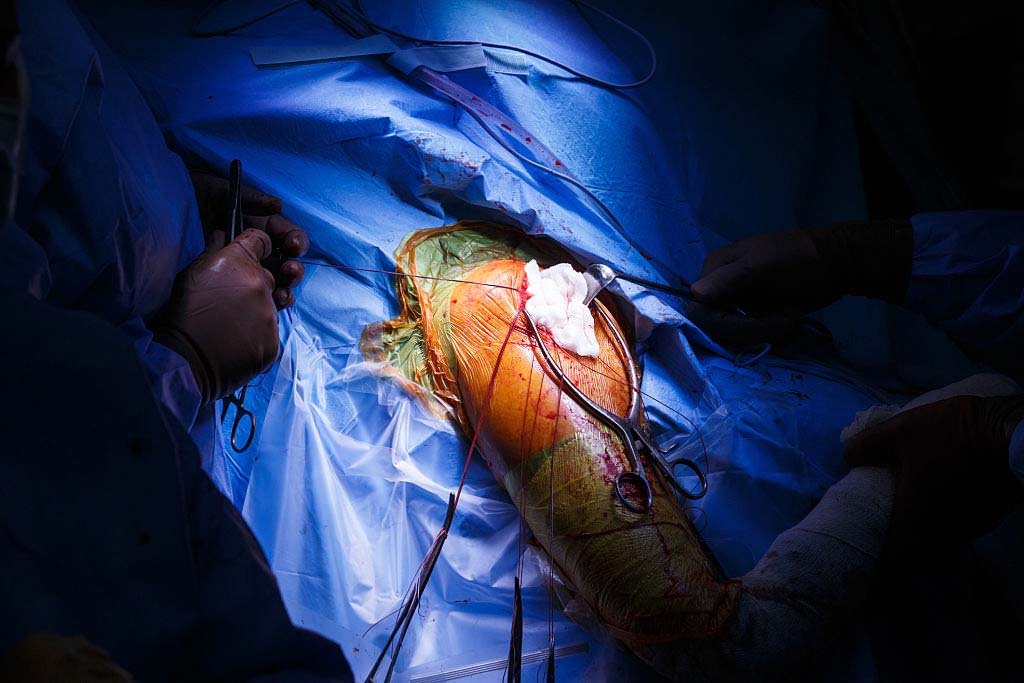
Injury to the shoulder is very common. It occurs from fall onto the shoulder to high velocity accidents.
Fractures usually occur due to fall or high velocity accident causing direct blow to the shoulder. Sometimes in patents with very poor bone quality it can occur due to fall from standing height. Dislocations of the glenohumeral joint can occur due to falls or accidents. An outward twisting injury of the arm leads to anterior dislocation (more common), while backward directed forces/electric shocks or seizures lead to a posterior dislocation. Acromioclavicular dislocations occur due to falls or from lifting heavy objects.
Severe injuries can present with a break in the skin and bone exposed and/or with damage to nerves and vessels.
X-rays of the affected part will lead to the diagnosis. In some cases CT or MRI may be required.

Open fractures or fractures with nerve/vessel involvement will usually be treated surgically.
Non operative treatment can be tried if there is no/minimal displacement. If the fragments are displaced a surgery is required either using plates and screws or a shoulder replacement in some cases.
Most clavicle fractures can be managed non operatively unless there is gross displacement of the fracture fragments or in a closed injury when the skin is being tented from inside.. Surgery involves plate and screw fixation or fixing with rods.
A majority of scapula fractures are treated without surgery. Sometimes when the fracture involves the socket (glenoid) or associated with other fractures around the shoulder surgery with screws and/or plates is needed.
Initial treatment is aimed at reducing the joint in a closed manner and can be done in emergency room or in the OT under anaesthesia. Sometimes open reduction is required under anaesthesia. Once reduced further treatment depends on the presence of any soft-tissue and or bony injury.
These injuries are treated on the basis of severity of the injury and requirements of the patient. Less severe injuries are treated non-operatively while higher severity injuries usually require surgery.
Almost all shoulder injuries either operated upon or not will require a period of immobilization and then gradual rehabilitation. Initial rehabilitation focuses on gradual improvement of the range of movement and followed up with strengthening exercises. Usually you will required focused physical therapy to regain movement , strength and return to function.